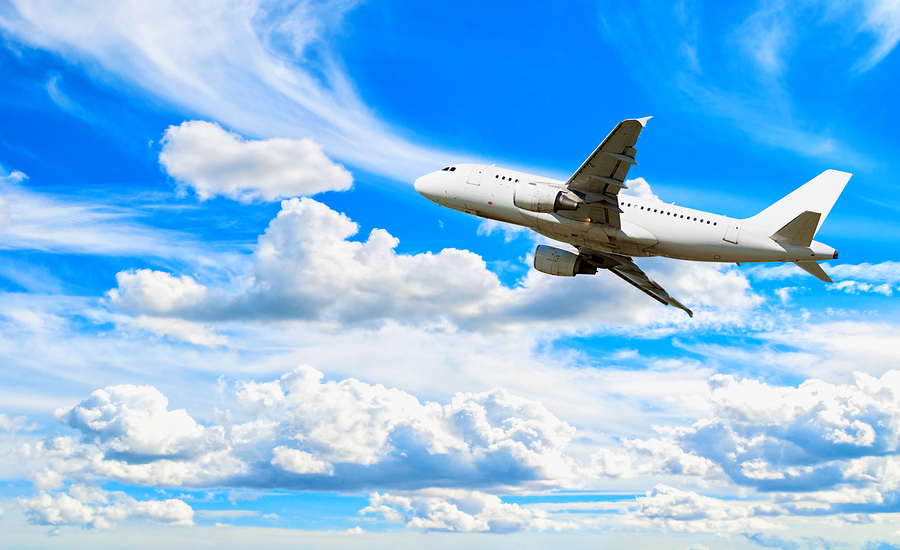From the breathtaking views at 35,000 feet to the bustling terminals filled with travelers from around the world, the aviation industry is a marvel of modern technology and human ingenuity. But what really goes on behind the scenes to make air travel possible?
The Backbone of Aviation: Airlines
At the heart of the aviation industry are the airlines, the companies responsible for transporting passengers and cargo between destinations. But how do they operate, and what factors influence their success?
Fleet Management- Airlines carefully manage their fleet of aircraft, ensuring they have the right balance of planes to meet demand on various routes.
Route Planning- Planning routes involves a complex dance of factors such as fuel efficiency, airspace regulations, and passenger demand.
Safety Regulations- Airlines must adhere to stringent safety regulations set by aviation authorities to ensure the well-being of passengers and crew.
Navigating the Skies: Air Traffic Control
While passengers relax in their seats, air traffic controllers work tirelessly behind the scenes to ensure the safe and efficient movement of aircraft in the skies.
Communication Hub- Air traffic control centers serve as the nerve center of the aviation network, coordinating with pilots and ground staff to manage air traffic.
Precision Timing- Controllers must maintain precise timing to ensure that aircraft maintain safe distances and follow designated flight paths.
Adapting to Challenges- From adverse weather conditions to unexpected emergencies, air traffic controllers must remain calm under pressure and adapt quickly to changing circumstances.
Engineering Marvels: Aircraft Design and Maintenance
The airplanes themselves are feats of engineering prowess, meticulously designed and maintained to ensure safety and reliability.
Innovative Design- Aircraft manufacturers continually push the boundaries of design, incorporating advanced materials and technologies to improve performance and efficiency. Companies like Pilot John provide these parts to airlines to ensure the best in class.
Routine Maintenance- Regular maintenance checks are essential to keep aircraft in peak condition, with skilled technicians inspecting every component to detect and address any issues.
Safety First- Safety is paramount in aviation, with strict protocols in place to prevent accidents and ensure the well-being of passengers and crew.
The Human Touch: Pilots and Crew
Behind every successful flight are the skilled professionals who pilot the aircraft and attend to the needs of passengers.
Pilot Expertise- Pilots undergo extensive training and certification to operate commercial aircraft safely, with ongoing proficiency checks to maintain their skills.
Crew Coordination- From flight attendants to ground staff, effective communication and teamwork are essential for ensuring a smooth travel experience.
Customer Service- Flight crews play a crucial role in providing excellent customer service, attending to passengers’ needs and ensuring their comfort throughout the journey.
Top Travel Tips: Navigating the Aviation Experience Like a Pro
Whether you’re a seasoned traveler or embarking on your first flight, these top travel tips will help you navigate the aviation experience with ease and confidence.
Pack Smart- Pack light and efficiently to avoid excess baggage fees and streamline the security screening process. Consider investing in travel-sized toiletries and packing cubes to maximize space in your luggage.
Arrive Early- Arriving at the airport early allows you to avoid the stress of rushing through security and boarding gates. Aim to arrive at least two hours before your scheduled departure time to allow ample time for check-in and security procedures.
Stay Informed- Stay updated on your flight status by signing up for flight alerts or checking the airline’s website or mobile app. This will help you stay informed of any delays or changes to your itinerary and allow you to plan accordingly.
Stay Comfortable- Dress comfortably for your flight, opting for loose-fitting clothing and layers to adjust to changing temperatures onboard. Consider bringing a travel pillow, blanket, or noise-canceling headphones to make your journey more comfortable.
Hydrate and Snack Smart- Stay hydrated during your flight by drinking plenty of water and avoiding excessive caffeine and alcohol, which can contribute to dehydration. Pack healthy snacks such as nuts, fruit, or granola bars to keep hunger at bay between meals.
Stay Connected- Take advantage of onboard Wi-Fi and entertainment options to stay connected and entertained during your flight. Bring along a portable charger to keep your devices powered up throughout your journey.
Be Mindful of Security- Familiarize yourself with TSA regulations and guidelines to ensure a smooth passage through security checkpoints. Be prepared to remove your shoes, belts, and jackets and place liquids and electronics in separate bins for screening.
Be Flexible- Keep an open mind and be flexible with your travel plans, as unforeseen delays or disruptions may occur. Maintain a positive attitude and approach any challenges with patience and resilience.
As we look to the future, it’s clear that the skies hold endless possibilities for innovation and growth, shaping the way we experience the world for generations to come.
FAQ: Unveiling the Mysteries of the Aviation Industry
Q: How do airlines determine ticket prices? A: Airlines use a dynamic pricing model, which takes into account factors such as demand, competition, time until departure, and even the passenger’s browsing history. This allows them to adjust prices in real-time to maximize revenue.
Q: What happens if my flight is delayed or canceled? A: In the event of a delay or cancellation, airlines typically offer passengers the option to rebook on a later flight or provide compensation, such as vouchers or refunds, depending on the circumstances and local regulations.
Q: How do pilots navigate during flights? A: Pilots rely on a combination of instruments, GPS navigation systems, and communication with air traffic control to navigate during flights. They also receive regular updates on weather conditions and airspace restrictions to ensure a safe journey.
Image Source: BigStockPhoto.com (Licensed)
Related Categories: Travel, Reviews








